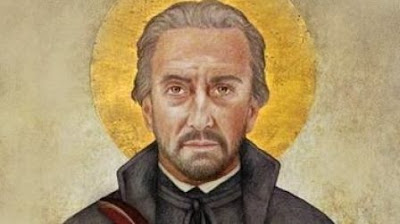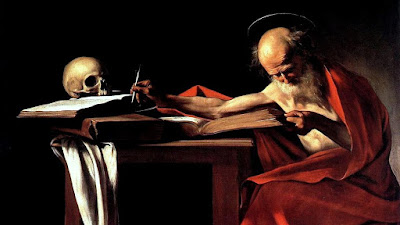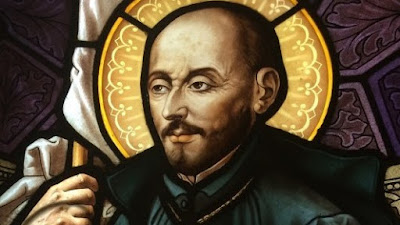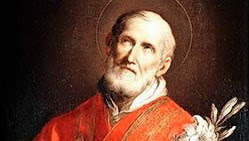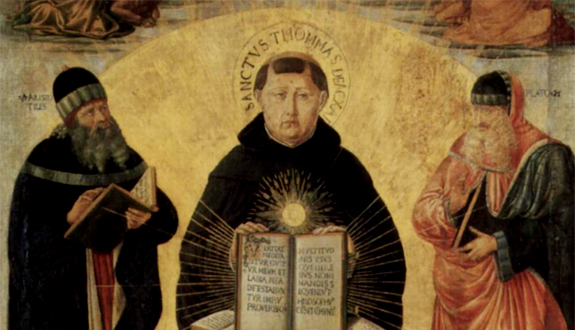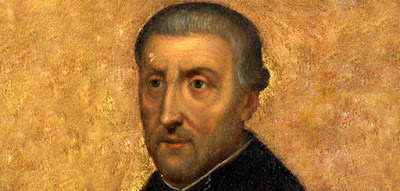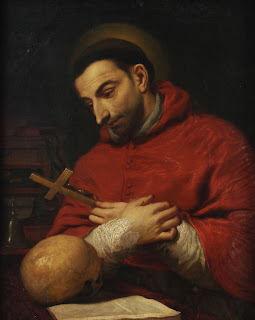Good Friday 2020 | “It is finished.”
Good Friday commemorates the Passion of the Lord, the day of the crucifixion and death of Jesus Christ the Son of God. Nowhere in the world is Mass offered on this day. Reception of the Most Holy Eucharist is possible because hosts were consecrated the evening before at the Mass of the Lord’s Supper. The veneration of the cross, the instrument of Christ’s death that brought about our redemption, is a powerful reminder that each of us were the authors and the ministers of all the sufferings that the divine Redeemer endured (Council of Trent, I, 5, 11). Jesus was executed on the charge of being King of the Jews. The idea that Jesus was a king was brutally mocked. Roman soldiers dressed Him in a robe of royal purple and placed a crown of thorns on His head. Jesus was made to walk to his execution, carrying his own cross. His destination was a place outside of the city called Golgotha or "place of the skull". Crucifixion was the most horrific form of death the Romans devis
